Optimal Timing for Foundation Repairs
Foundation repairs are most effectively performed under specific seasonal conditions. Timing can influence the quality, duration, and cost of repairs. Understanding the optimal periods for foundation work can help ensure long-term stability and minimize disruptions.
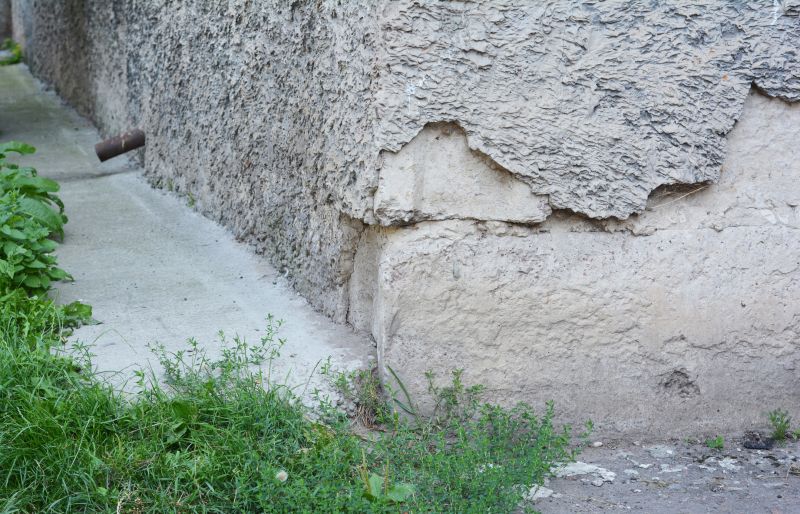
Spring offers moderate temperatures and soil moisture, ideal for certain repair methods.

Summer provides longer daylight hours, but high temperatures and dry soil can pose challenges.
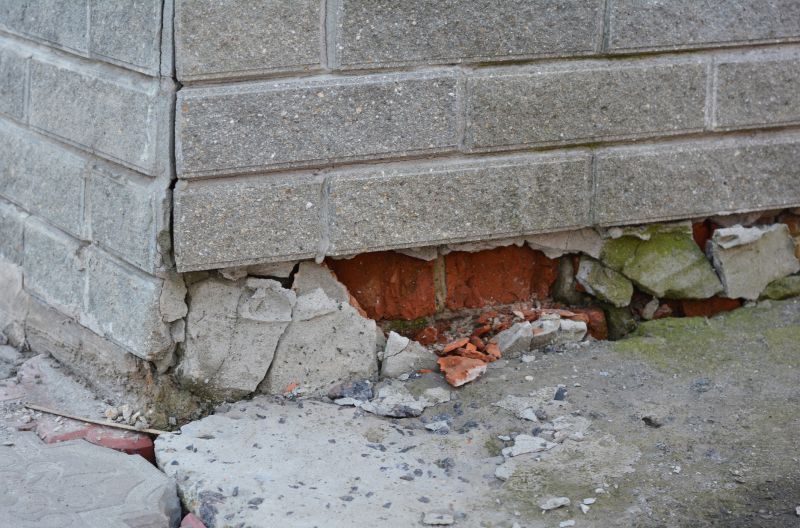
Fall's cooler weather and moist soil conditions often favor foundation repair projects.

Ways to make Foundation Repairs work in tight or awkward layouts.

Popular materials for Foundation Repairs and why they hold up over time.
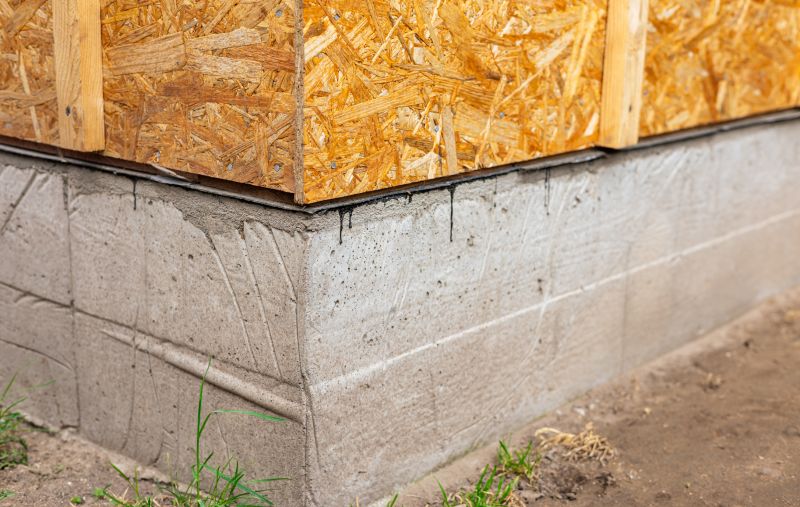
Simple add-ons that improve Foundation Repairs without blowing the budget.
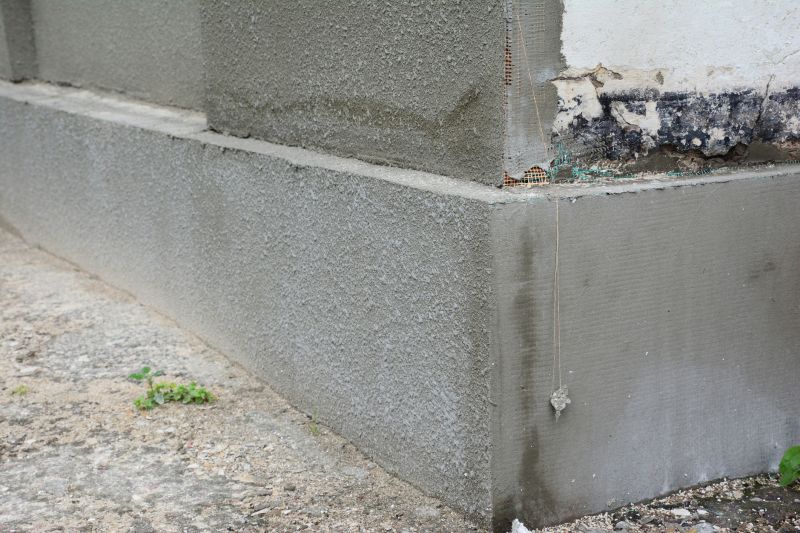
High-end options that actually feel worth it for Foundation Repairs.
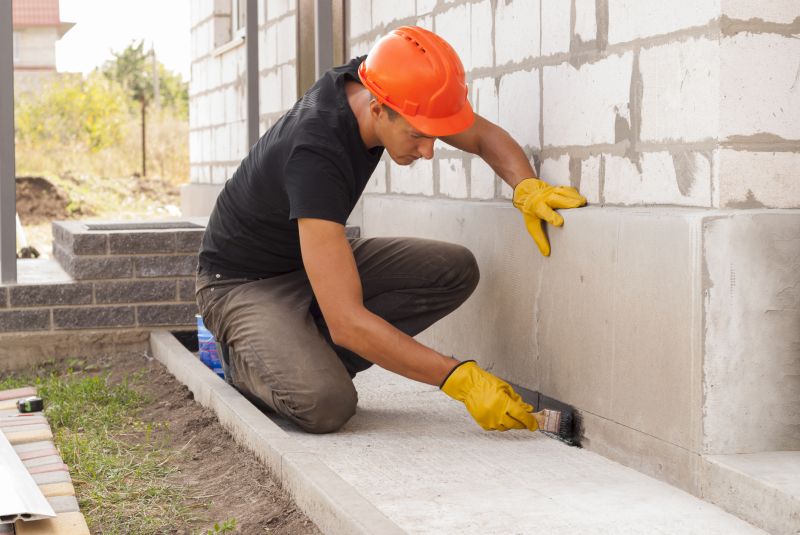
Finishes and colors that play nicely with Foundation Repairs.
Performing foundation repairs at the right time can prevent further damage and reduce repair costs. Seasonal soil movement, moisture levels, and temperature fluctuations significantly impact the success of repair projects. For example, soil tends to expand in wet conditions and contract when dry, which can influence the stability of a foundation.
Optimal repairs occur when soil moisture levels are stable, reducing movement and stress on the foundation.
Mild temperatures prevent weather-related delays and ensure materials set properly.
Planning repairs during favorable seasons can shorten project timelines and improve outcomes.
Timing repairs during off-peak seasons may reduce labor and material costs.
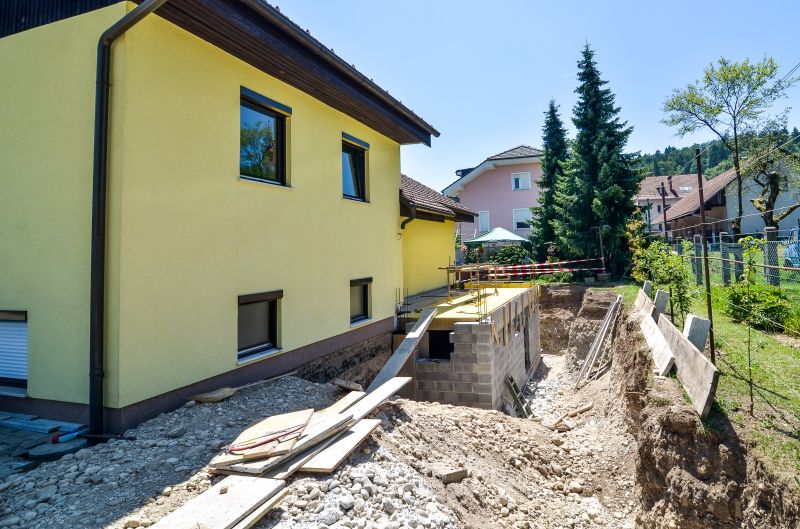
An ongoing foundation stabilization project in favorable weather.
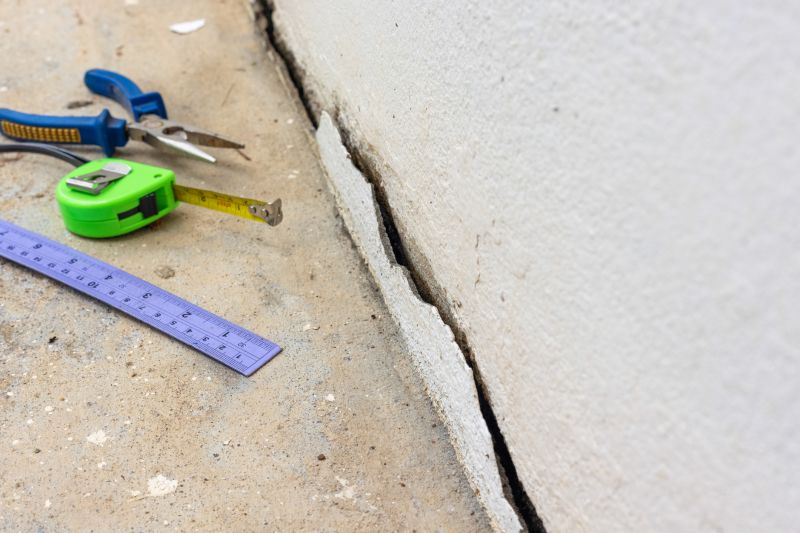
Tools used to assess soil conditions before repairs.
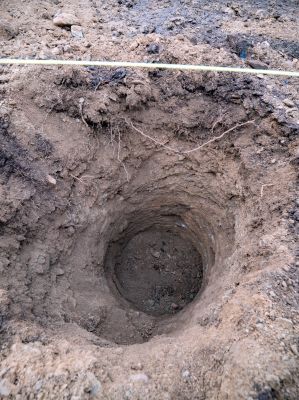
Diagram showing soil expansion and contraction throughout the year.
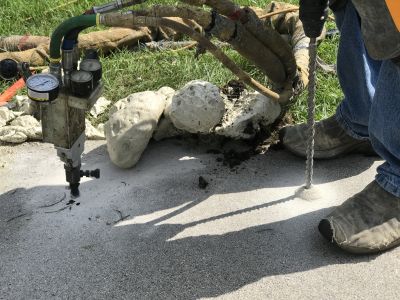
Specialized tools used for underpinning and reinforcement.
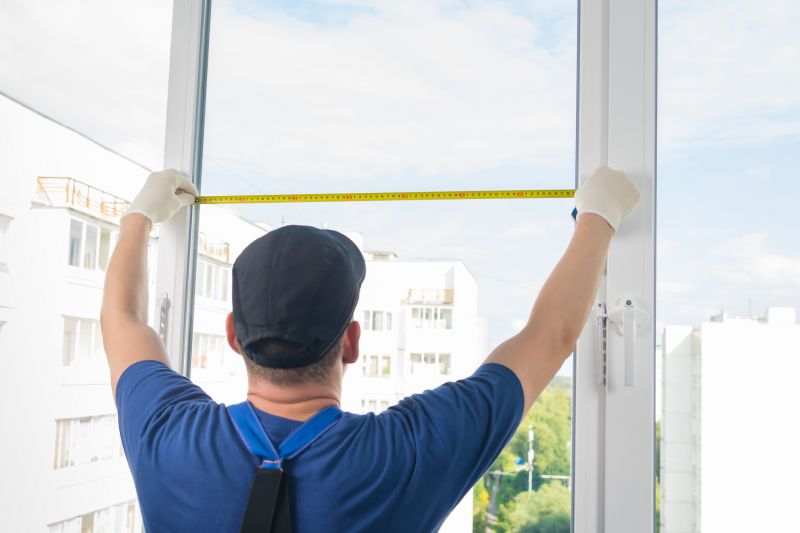
Little measurements that prevent headaches on Foundation Repairs day.
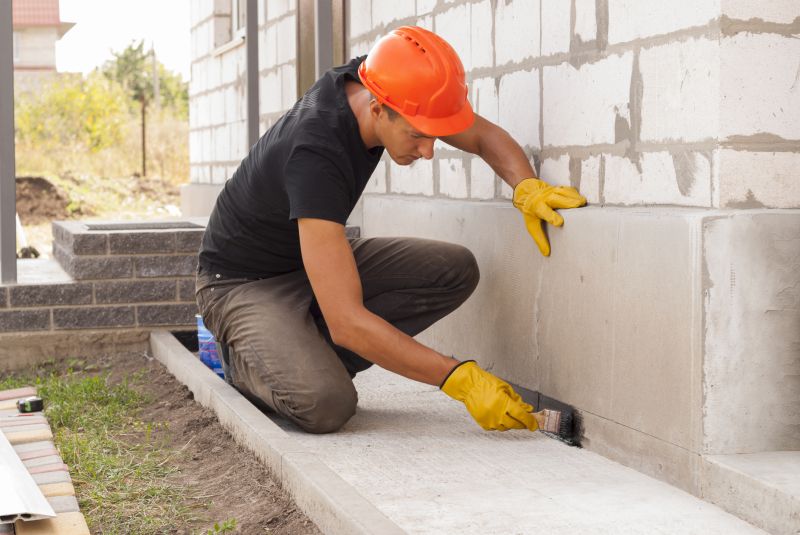
A 60-second routine that keeps Foundation Repairs looking new.

A frequent mistake in Foundation Repairs and how to dodge it.
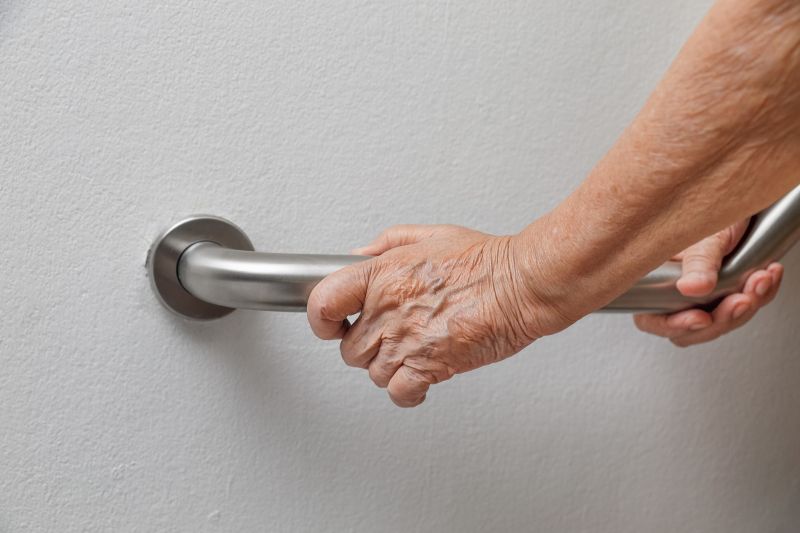
Small tweaks to make Foundation Repairs safer and easier to use.
| Season | Ideal Conditions |
|---|---|
| Spring | Moderate temperatures, moist soil, soil expansion begins |
| Summer | Longer days, dry soil, risk of high temperatures |
| Fall | Cooler weather, moist soil, soil contraction |
| Winter | Cold temperatures, frozen ground, generally avoided |
Understanding seasonal soil behavior and weather patterns helps determine the best timing for foundation repairs. Proper scheduling ensures that repairs are durable and effective, reducing the likelihood of future issues caused by soil movement or weather-related delays.
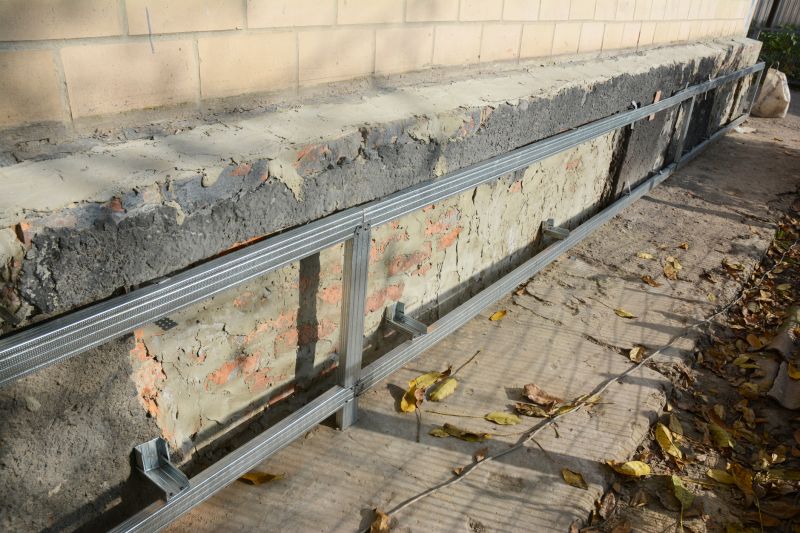
Planning foundation repairs during optimal seasons enhances success.
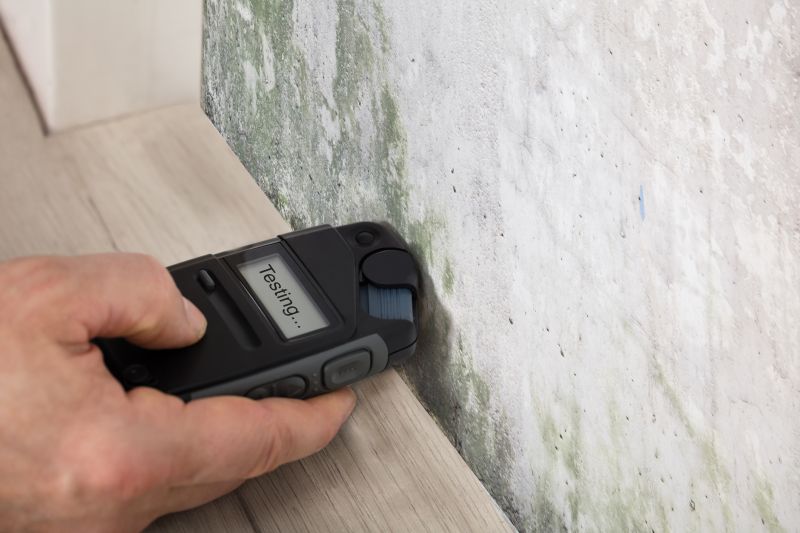
Monitoring soil moisture levels before repair work.
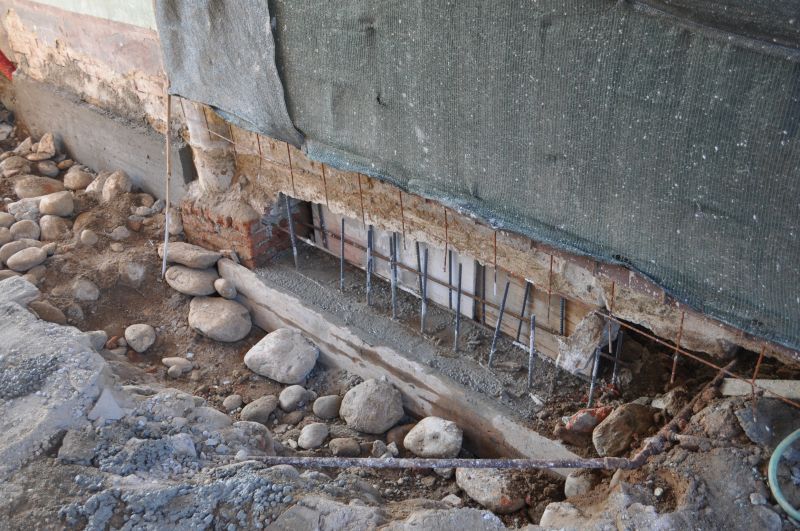
Tools used for underpinning and stabilization.

A stabilized foundation after repairs.
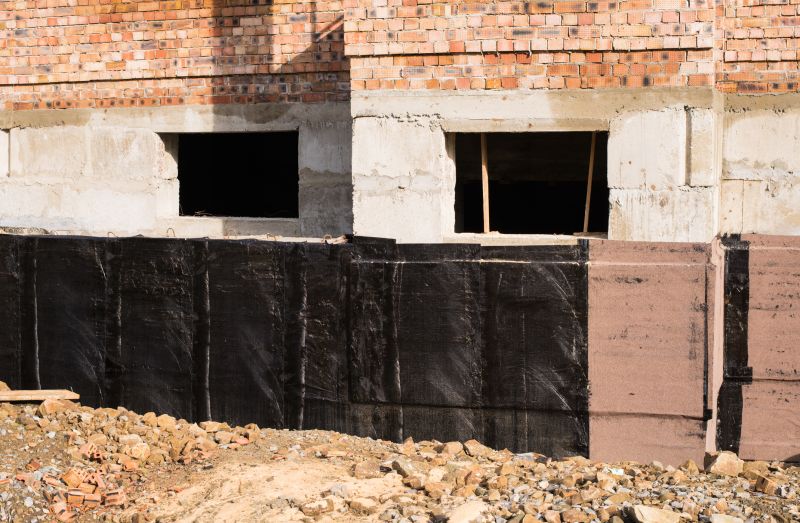
Lower-waste or water-saving choices for Foundation Repairs.

The short, realistic tool list for quality Foundation Repairs.
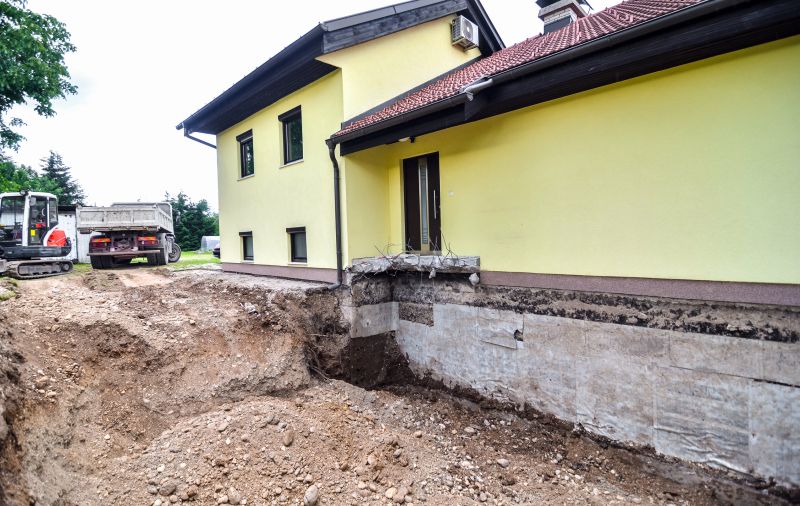
Rough timing from prep to clean-up for Foundation Repairs.

Quick checks and paperwork to keep after Foundation Repairs.
Timely foundation repairs are crucial for maintaining structural integrity and property value. Proper assessment of seasonal conditions can lead to more effective and lasting solutions. Interested property owners are encouraged to contact professionals to discuss the optimal timing for foundation repairs tailored to specific site conditions.

